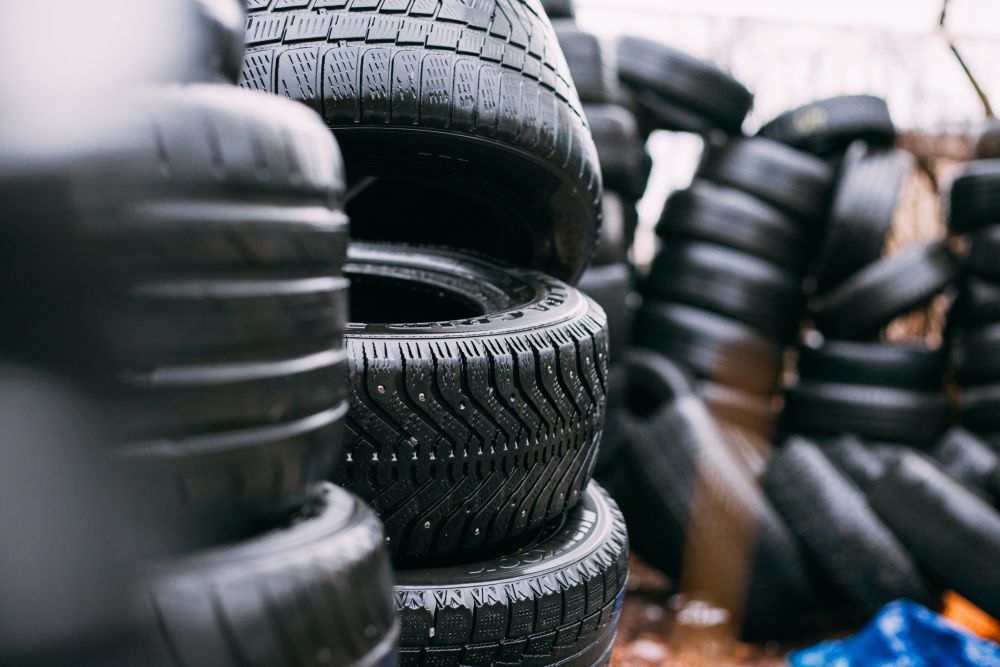Circular strategies could cut emissions from materials used in vehicles by 60% by 2040
Greater circularity in materials-use by the European automotive sector could reduce emissions associated with the materials used in production per vehicle by 60% by 2040, a new analysis by Bain & Company shows.

Greater circularity in materials-use by the European automotive sector could reduce emissions associated with the materials used in production per vehicle by 60% by 2040, a new analysis by Bain & Company shows.
A combination of recycling, improved material use, reuse and remanufacturing of components, and scaling of new mobility business models can create a circularity revolution in the sector, according to the Bain study.
Mobility currently accounts for a third (30%) of all global emissions, with circularity set to play a key role in reducing lifetime emissions. European automakers are the world’s leaders in circularity at present, with a rate of 40%, driven largely through strong EU regulation. But the focus is shifting to ensure circularity is baked into the design phase of vehicles, with recycled content mandates, Bain’s report, Reuse, Remanufacturing, Recycling, and Robocabs: Circularity in the Automotive Industry, reports.
Creating a circularity revolution in the automotive sector
Bain finds that the use of recycled materials in the sector’s production has potential to more than double by 2040, (from 23% to 59%), resulting in a 60% reduction in sector emissions compared to the use of ‘virgin materials’ for production. New vehicles produced in 2040 could also be 97% recyclable, up from 78% today. A six-fold increase in the use of recycled parts in auto repairs, jumping from only 2% in 2020 to 12% by 2040, could meanwhile ensure better circularity throughout the lifetime of a vehicle. The switch to using remanufactured or reused engines alone has the potential to reduce emissions by 85%.
Attitudinal changes will herald further circularity, Bain & Company suggests, with the move toward shared and public ownership of vehicles improving the efficiency of the sector. Today, consumer vehicles spend most of their time on driveways. But the shift to technology like robocabs has the potential to reduce the usage of private cars from 67% of transport miles today to just 40% in 2040.
Circularity can also bring significant benefits beyond carbon footprint reductions, Bain’s report notes. Circular strategies have been shown to improve the resilience of automotive supply chains, reduce material costs over the long term, increase margins and open new revenue streams.
Björn Noack, a partner in Bain & Company’s Automotive & Mobility practice in Munich, said: “Transport will continue to be an essential part of our life, well into the coming decades. But how we get from ‘A to B’ will change drastically – spurred on by a series of push and pull factors. A worsening climate, increasingly urbanised spaces and greater scrutiny over emissions and waste being key factors in this change toward a more circular automotive sector.
Harry Morrison, partner in Bain’s Sustainability & Responsibility practice and co-author of today’s report, added: "Our analysis finds that automotive companies pioneering their transition toward greater circularity do three things well. They scan the existing value chain to identify the potential for improving circular flows, they combine today-forward and future-back perspectives to capture new opportunities and they scale the ecosystem for success.
“Cross sector partnerships will be essential too, as individual companies can’t solve circularity on their own. We are seeing business leaders strengthen their manufacturing ecosystems with a clear perspective on where to collaborate and where to compete. The Global Battery Alliance is an example of this, which saw over 120 public and private organisations come together to help establish a sustainable battery value chain.”
Find out more here.






